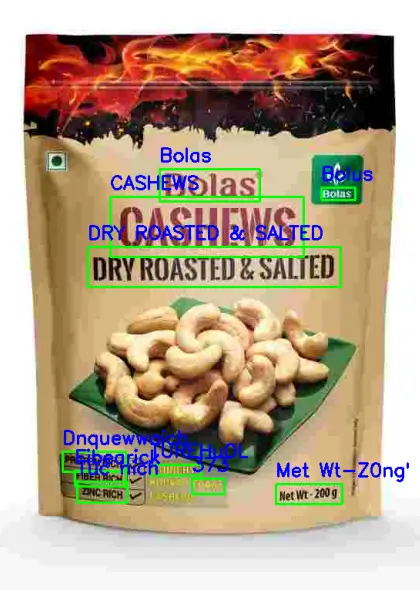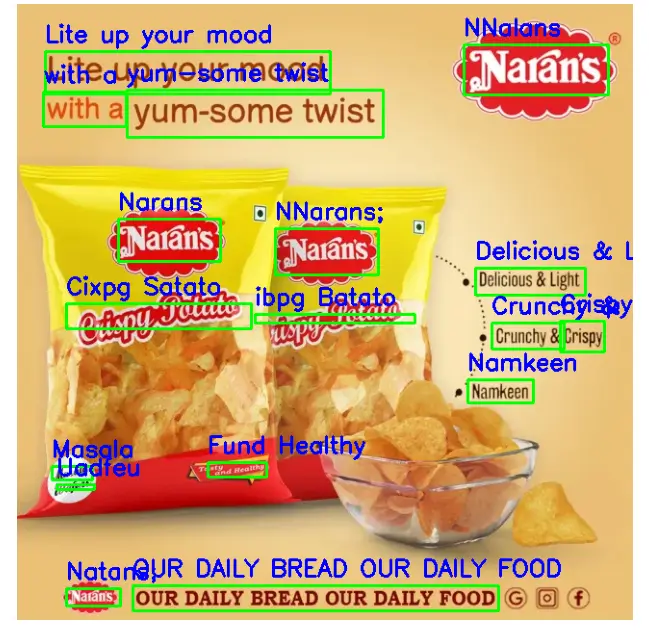OCRTech
Overview
Automated Text Recognition for Smarter Operations
Optical Character Recognition (OCR) technology is essential in manufacturing for automating data extraction from labels, parts, and documents. It boosts operational efficiency, reduces errors, and enhances productivity by accurately processing text. OCR supports inventory management, quality control, and regulatory compliance with AI-driven algorithms, enabling seamless workflow automation and real-time data analysis. Integrating OCR ensures improved accuracy and streamlined operations in modern manufacturing.
Multi-language Support
0
%
Processing Speed
0
x



Features:
| Feature | Description |
|---|---|
| ✅ Label and Barcode Reading | Automates reading of product labels, barcodes, or QR codes. |
| ✅ Serial Number Identification | Extracts and verifies serial numbers from products or components. |
| ✅ Batch Tracking | Ensures proper batch identification and traceability. |
| ✅ Inspection Automation | Detects missing or incorrect labels on products. |
| ✅ Document Processing | Digitizes shipping manifests, packing lists, and manufacturing records. |
| ✅ Customizable Recognition | Handles various font styles, text orientations, and multi-lingual text. |
Applications:
| Application | Description |
|---|---|
| ✅ Quality Control | Verifies correct labeling of products and identifies discrepancies. |
| ✅ Inventory Management | Tracks items through barcodes or printed labels. |
| ✅ Regulatory Compliance | Ensures proper labeling for safety and compliance. |
| ✅ Production Line Automation | Streamlines processes like serial number recording and lot tracking. |
| ✅ Assembly Verification | Confirms that correct parts with specific markings are assembled. |
| ✅ Packaging Validation | Ensures packaging contains accurate information like expiration dates or batch codes. |
Advantages:
| Benefit | Description |
|---|---|
| ✅ Improved Accuracy | Eliminates human errors in reading and recording text. |
| ✅ Increased Efficiency | Speeds up inspection and verification tasks. |
| ✅ Real-Time Data Processing | Facilitates instant recognition and decision-making on production lines. |
| ✅ Cost Reduction | Minimizes labor costs by automating text-based tasks. |
| ✅ Traceability | Enhances supply chain transparency with accurate tracking of batches and components. |
| ✅ Compliance Assurance | Helps manufacturers meet industry and government regulations. |
